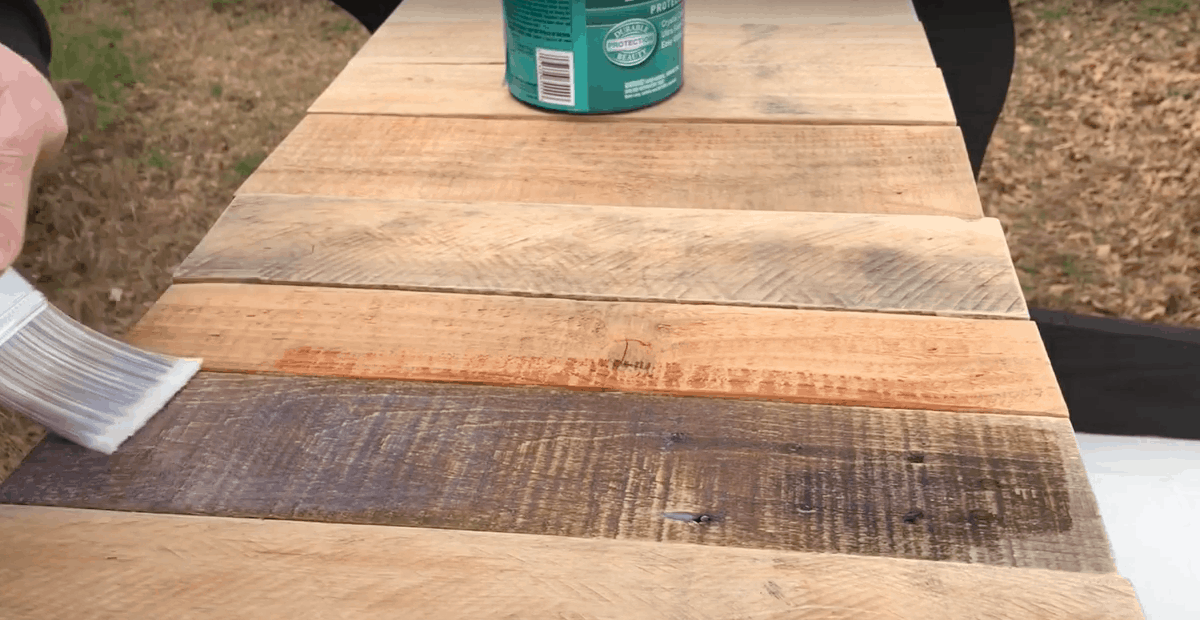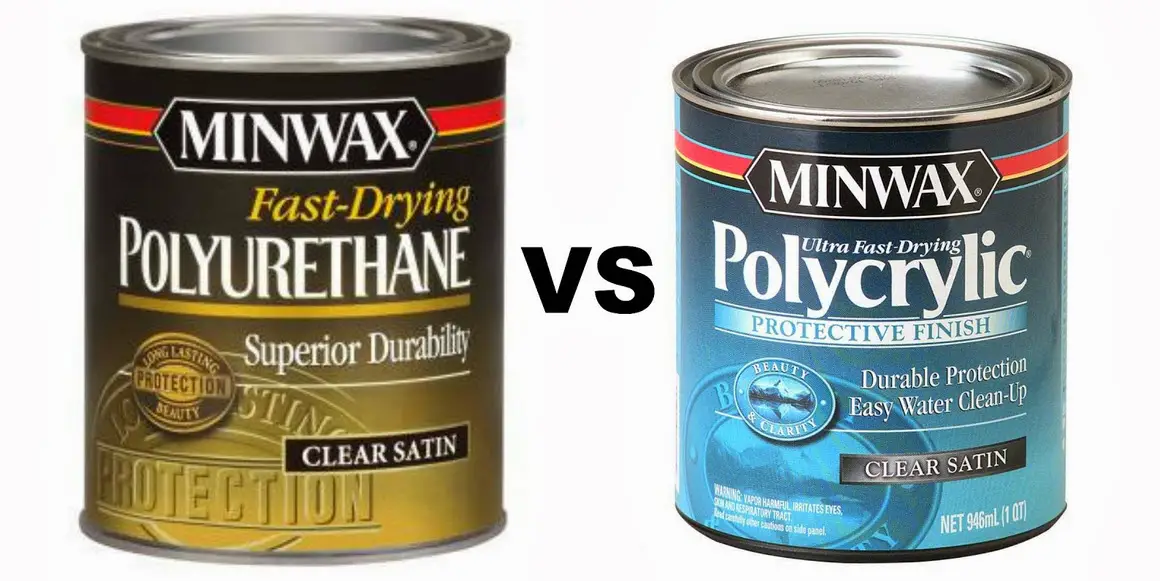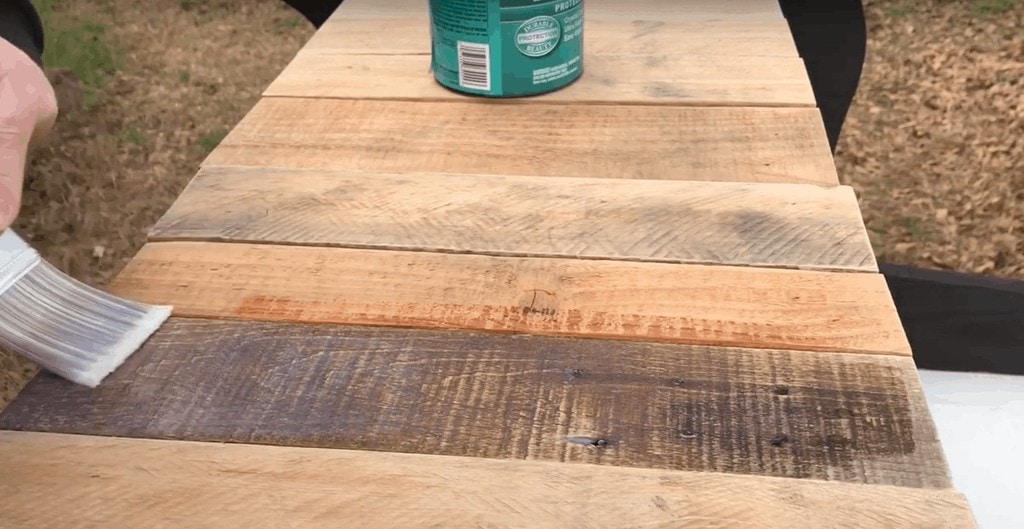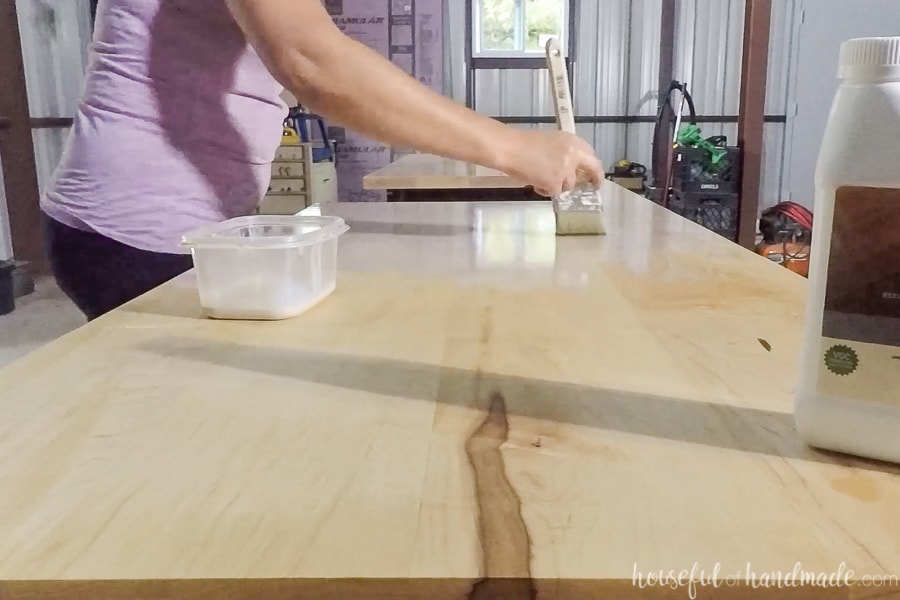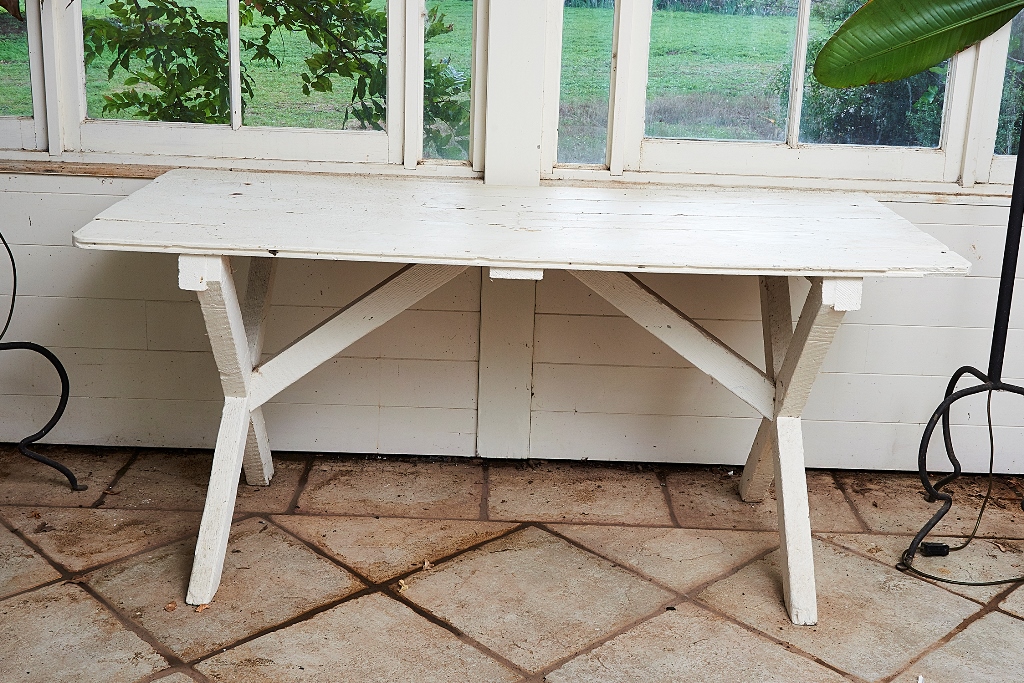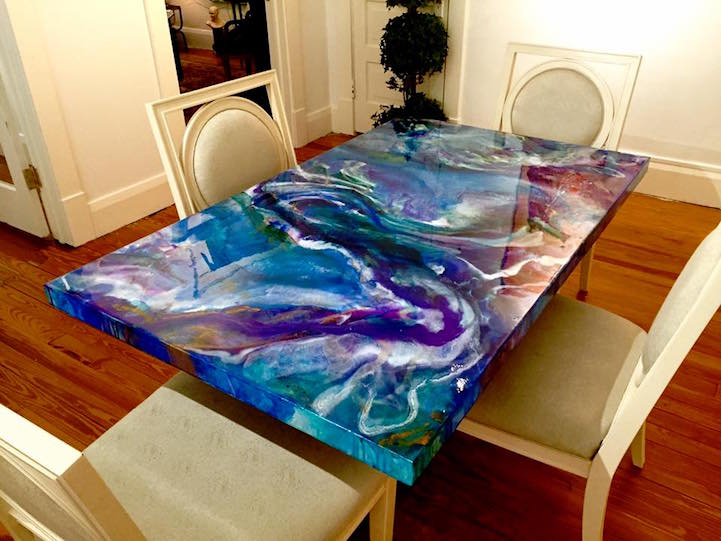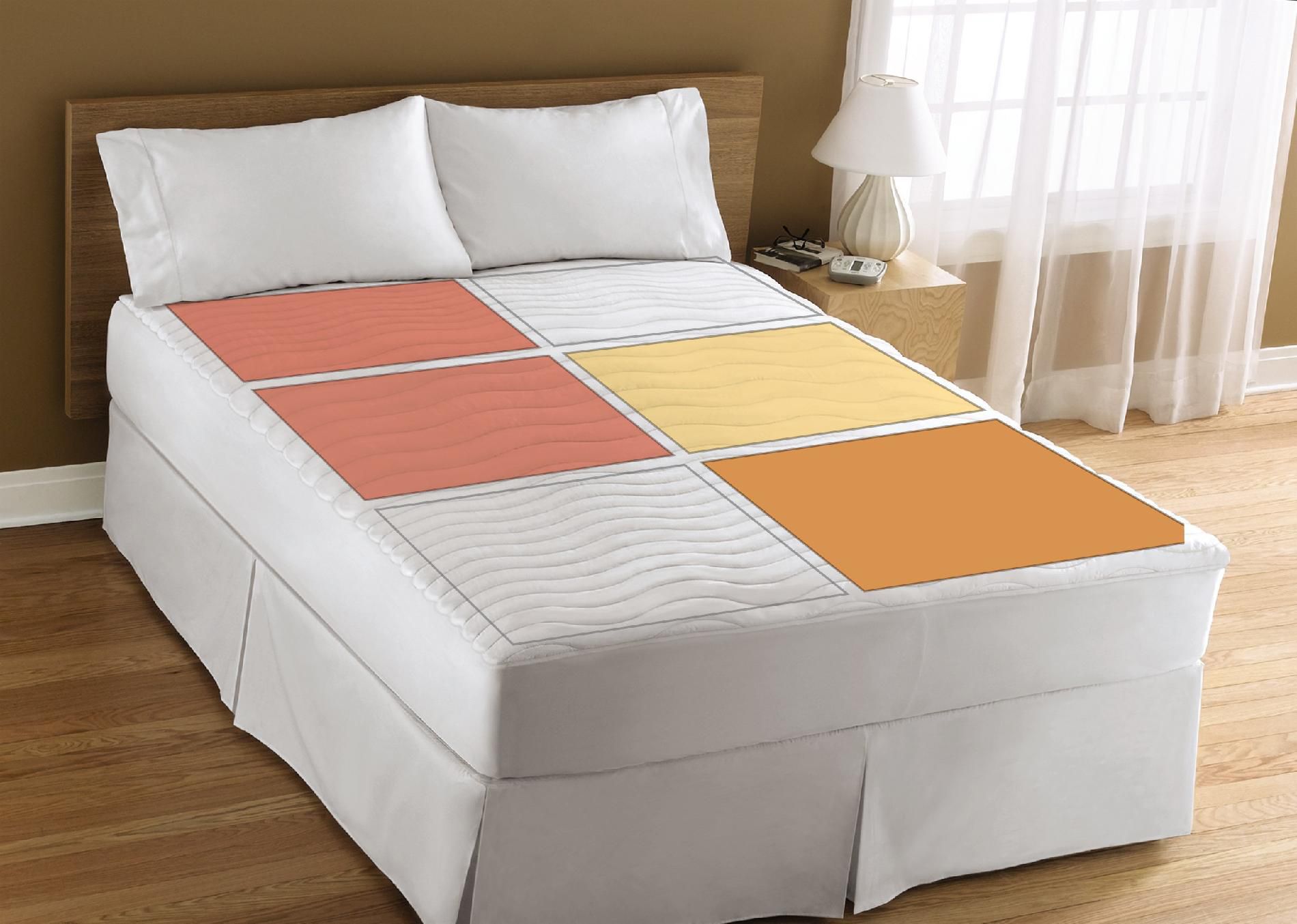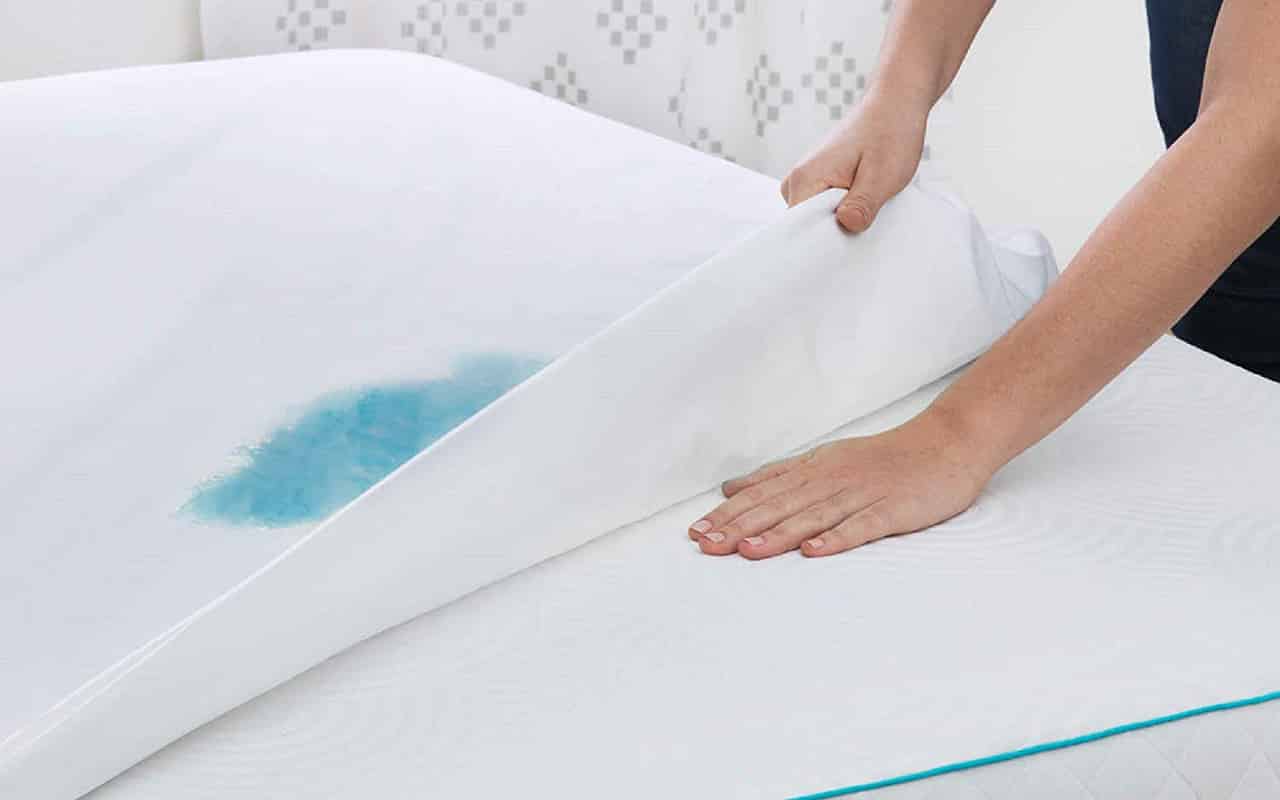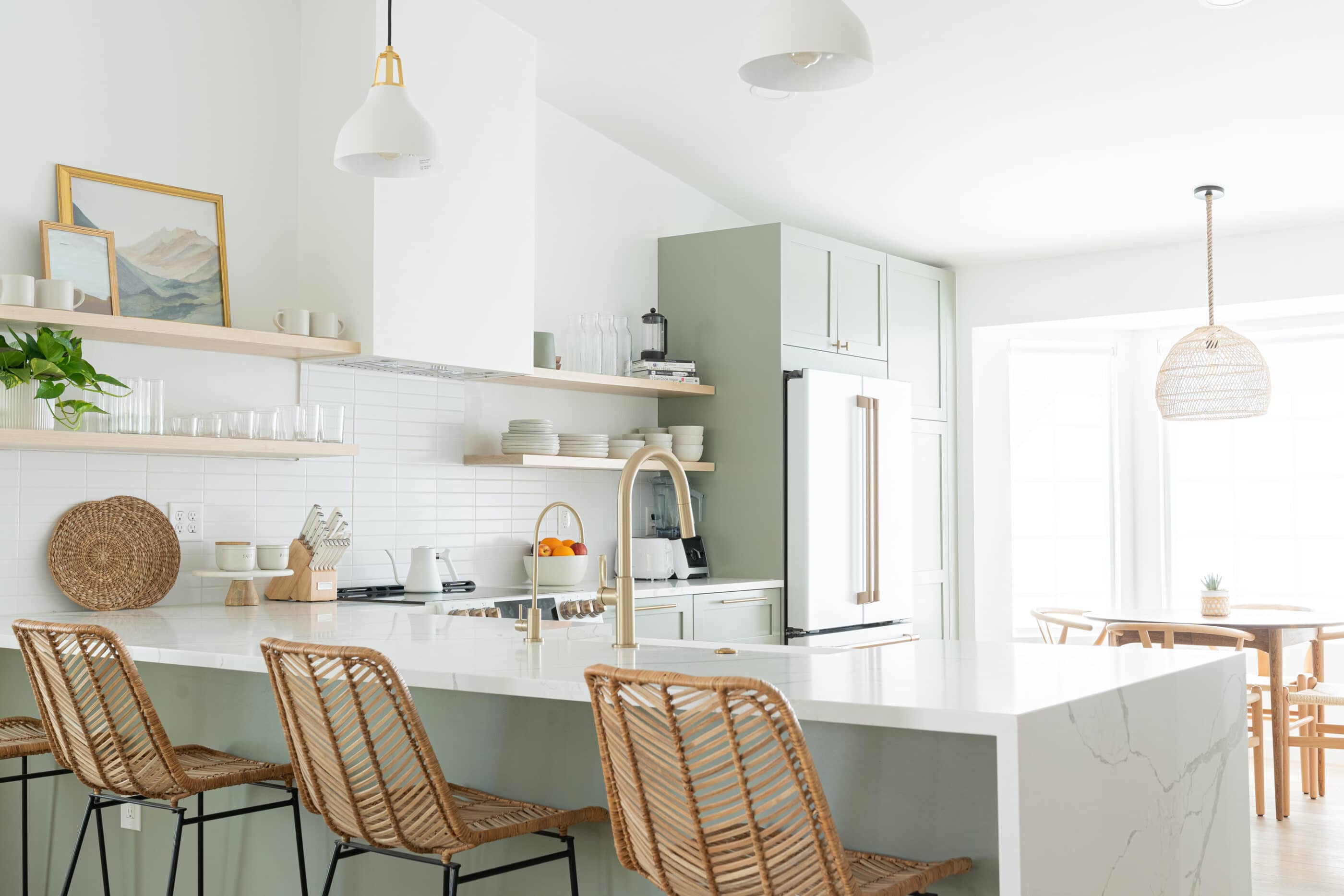If you're looking for a durable and long-lasting finish for your kitchen table, polycrylic is an excellent choice. This water-based protective finish is not only easy to apply but also provides a strong barrier against scratches, stains, and heat. Here's a step-by-step guide on how to apply polycrylic on your kitchen table to achieve a beautiful and protective finish. Step 1: Prepare the surface of your kitchen table by sanding it down with a fine-grit sandpaper. This will help remove any rough spots and create a smooth surface for the polycrylic to adhere to. Step 2: Wipe down the surface with a damp cloth to remove any dust or debris from sanding. Step 3: Using a high-quality brush or foam applicator, apply a thin and even coat of polycrylic to the entire surface of your kitchen table. Be sure to follow the direction of the wood grain and avoid overbrushing to prevent bubbles and streaks. Step 4: Let the first coat dry completely according to the manufacturer's instructions. This typically takes 2-4 hours. Step 5: Once the first coat is dry, lightly sand the surface with a fine-grit sandpaper to smooth out any imperfections. Be sure to wipe away any dust before applying the second coat. Step 6: Apply a second coat of polycrylic in the same manner as the first, making sure to cover the entire surface evenly. Step 7: Let the second coat dry completely and then lightly sand once again before applying a third and final coat. This will ensure a smooth and flawless finish. Step 8: After the final coat has dried, let the polycrylic cure for at least 24 hours before using your kitchen table.How to Apply Polycrylic on a Kitchen Table
When it comes to choosing a finish for your kitchen table, two popular options are polycrylic and polyurethane. While both provide a protective barrier, there are some key differences to consider. Polycrylic: As mentioned before, polycrylic is a water-based protective finish that is easy to apply and dries quickly. It also has a low odor and is non-toxic, making it a safe option for indoor use. However, polycrylic is not as durable as polyurethane and may require more frequent touch-ups or reapplication. Polyurethane: Polyurethane is an oil-based finish that is known for its durability and resistance to scratches and stains. It also has a glossy finish, making it a popular choice for high-traffic areas. However, polyurethane has a strong odor and can be toxic, so proper ventilation is necessary when applying it. Ultimately, the choice between polycrylic and polyurethane comes down to personal preference and the level of durability and toxicity you are comfortable with.Polycrylic vs Polyurethane for Kitchen Table
When it comes to choosing the best polycrylic for your kitchen table, there are a few factors to consider. First, make sure to choose a water-based polycrylic for easy clean-up and low odor. Additionally, look for a polycrylic specifically designed for furniture or high-traffic areas to ensure maximum durability. Some popular and highly-rated options include Minwax Polycrylic Protective Finish, Varathane Water-Based Ultimate Polyurethane, and General Finishes High-Performance Water-Based Topcoat.Best Polycrylic for Kitchen Table
A polycrylic finish is an excellent choice for a kitchen table because it provides a strong and durable barrier against everyday wear and tear. It can withstand spills and hot dishes without leaving any marks, making it a perfect option for a busy kitchen. Additionally, polycrylic is available in a variety of sheens, so you can choose the level of shine that best suits your preferences.Polycrylic Finish for Kitchen Table
Varnish is another popular option for finishing a kitchen table, but how does it compare to polycrylic? While both provide a protective barrier, there are some key differences to consider. Polycrylic: As mentioned before, polycrylic is a water-based finish that dries quickly and has a low odor. It also has a clear and non-yellowing finish, making it a popular choice for light-colored wood. However, polycrylic may not be as durable as varnish and may require more frequent touch-ups. Varnish: Varnish is an oil-based finish that is known for its durability and resistance to scratches and stains. It also has a natural amber hue, which can add warmth and depth to the wood. However, varnish has a strong odor and is more toxic than polycrylic, so proper ventilation is necessary when applying it. Ultimately, the choice between polycrylic and varnish comes down to personal preference and the level of durability and toxicity you are comfortable with.Polycrylic vs Varnish for Kitchen Table
The number of coats of polycrylic needed for a kitchen table will depend on the level of protection and sheen you desire. Typically, 2-3 coats are recommended for a durable and glossy finish. However, you can always add more coats if desired, just be sure to lightly sand between each coat for a smooth and flawless finish.How Many Coats of Polycrylic on Kitchen Table
Using polycrylic on the top of your kitchen table is a great way to protect it from everyday wear and tear. It will provide a strong barrier against scratches, stains, and heat, making it a practical choice for a high-traffic area. Additionally, the clear and non-yellowing finish of polycrylic will allow the natural beauty of the wood to shine through.Polycrylic for Kitchen Table Top
Sealing your kitchen table with polycrylic is a simple and effective way to protect it and give it a beautiful finish. To seal a kitchen table with polycrylic, follow the same steps as mentioned in the "How to Apply Polycrylic on a Kitchen Table" section. Be sure to apply 2-3 coats for maximum protection and allow the polycrylic to cure for 24 hours before using your table.How to Seal a Kitchen Table with Polycrylic
If you have a painted kitchen table, polycrylic is a great option for sealing and protecting it. Not only will it provide a durable barrier against scratches and stains, but it will also give the painted surface a glossy finish. Just be sure to follow the same steps as mentioned in the "How to Apply Polycrylic on a Kitchen Table" section.Polycrylic for Painted Kitchen Table
Polycrylic is also a great option for sealing and protecting a stained kitchen table. It will not only enhance the color of the stain but also provide a strong barrier against scratches and stains. Just be sure to follow the same steps as mentioned in the "How to Apply Polycrylic on a Kitchen Table" section.Polycrylic for Stained Kitchen Table
Why Polycrylic is the Perfect Finish for Your Kitchen Table

Protect Your Investment with Polycrylic
 The kitchen table is often the heart of the home, where meals are shared, memories are made, and important conversations take place. As such, it is important to choose a durable and long-lasting finish for your kitchen table. This is where polycrylic comes in.
Polycrylic is a water-based protective finish that is specifically designed for use on wood surfaces, making it the perfect choice for your kitchen table.
The kitchen table is often the heart of the home, where meals are shared, memories are made, and important conversations take place. As such, it is important to choose a durable and long-lasting finish for your kitchen table. This is where polycrylic comes in.
Polycrylic is a water-based protective finish that is specifically designed for use on wood surfaces, making it the perfect choice for your kitchen table.
Seal in the Beauty of Natural Wood
 One of the main reasons why polycrylic is a popular choice for kitchen tables is its ability to enhance the natural beauty of wood.
Unlike other finishes, polycrylic won't yellow over time, allowing the natural color and grain of the wood to shine through.
This is especially important for kitchen tables, as they are often subject to spills and stains. With polycrylic, you can enjoy the beauty of your wood table without worrying about it losing its luster over time.
One of the main reasons why polycrylic is a popular choice for kitchen tables is its ability to enhance the natural beauty of wood.
Unlike other finishes, polycrylic won't yellow over time, allowing the natural color and grain of the wood to shine through.
This is especially important for kitchen tables, as they are often subject to spills and stains. With polycrylic, you can enjoy the beauty of your wood table without worrying about it losing its luster over time.
Easy Application and Maintenance
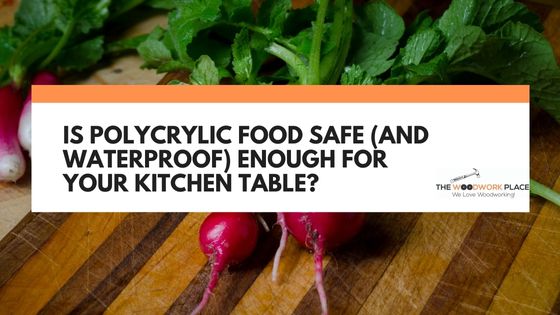 Another advantage of using polycrylic as a finish for your kitchen table is its ease of application and maintenance.
Unlike oil-based finishes, polycrylic dries quickly and is easy to clean up with soap and water.
This makes it a convenient option for those who want a professional-looking finish without the hassle of dealing with strong chemical odors or lengthy cleanup processes. Additionally,
polycrylic is highly resistant to scratches and stains, making it a low-maintenance choice for high-traffic areas like the kitchen.
Another advantage of using polycrylic as a finish for your kitchen table is its ease of application and maintenance.
Unlike oil-based finishes, polycrylic dries quickly and is easy to clean up with soap and water.
This makes it a convenient option for those who want a professional-looking finish without the hassle of dealing with strong chemical odors or lengthy cleanup processes. Additionally,
polycrylic is highly resistant to scratches and stains, making it a low-maintenance choice for high-traffic areas like the kitchen.
Environmentally-Friendly Choice
 In today's world, more and more people are looking for environmentally-friendly options when it comes to home design.
Polycrylic is a water-based finish, which means it has lower levels of volatile organic compounds (VOCs) compared to oil-based finishes.
This makes it a safer and more eco-friendly choice for your kitchen table, without compromising on quality or durability.
In today's world, more and more people are looking for environmentally-friendly options when it comes to home design.
Polycrylic is a water-based finish, which means it has lower levels of volatile organic compounds (VOCs) compared to oil-based finishes.
This makes it a safer and more eco-friendly choice for your kitchen table, without compromising on quality or durability.
Conclusion
 In conclusion, polycrylic is the perfect finish for your kitchen table. With its ability to protect and enhance the natural beauty of wood, easy application and maintenance, and eco-friendly properties, it is a clear choice for those looking for a professional and long-lasting finish for their kitchen table. So why wait?
Invest in polycrylic today and enjoy a beautiful and durable kitchen table for years to come.
In conclusion, polycrylic is the perfect finish for your kitchen table. With its ability to protect and enhance the natural beauty of wood, easy application and maintenance, and eco-friendly properties, it is a clear choice for those looking for a professional and long-lasting finish for their kitchen table. So why wait?
Invest in polycrylic today and enjoy a beautiful and durable kitchen table for years to come.



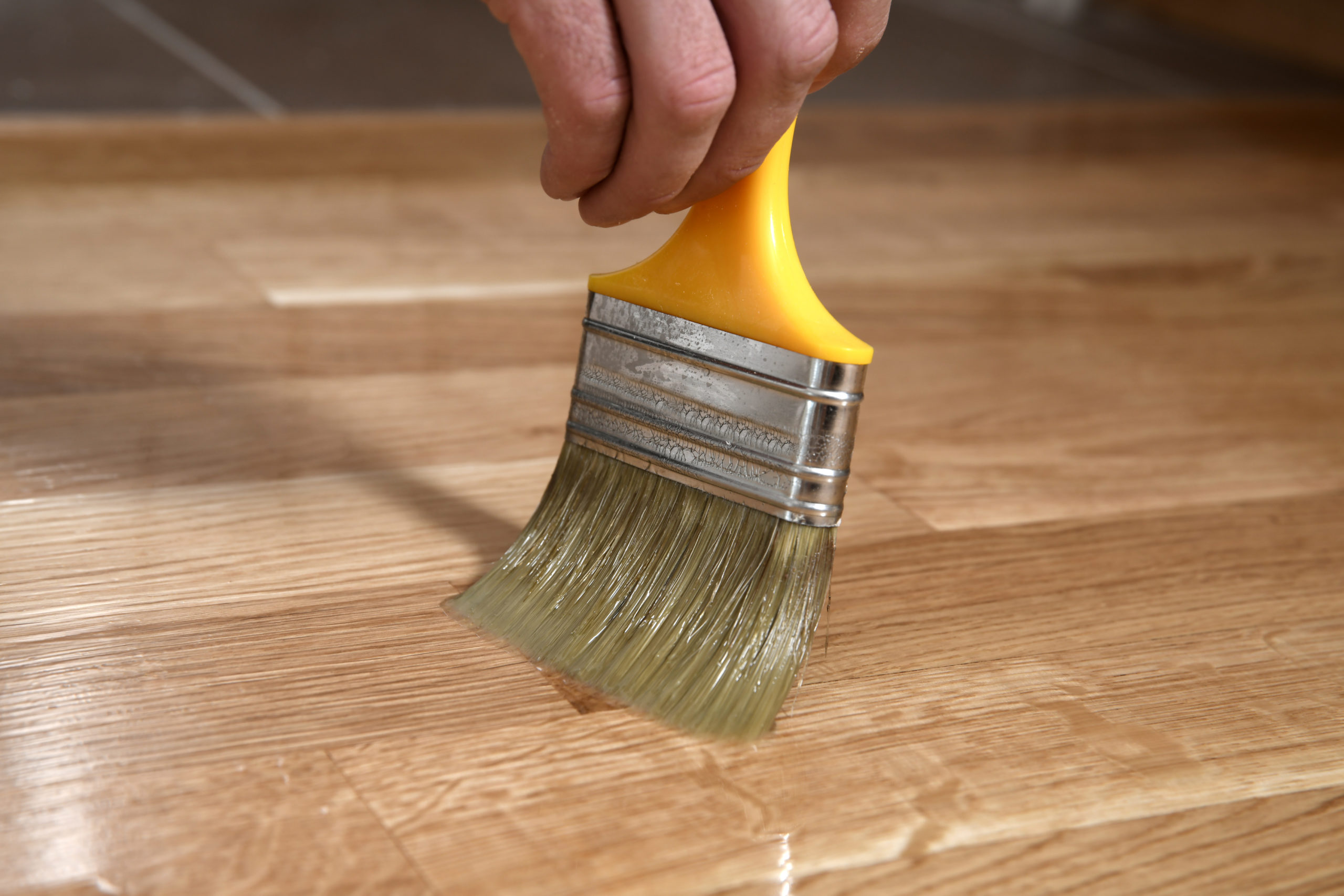

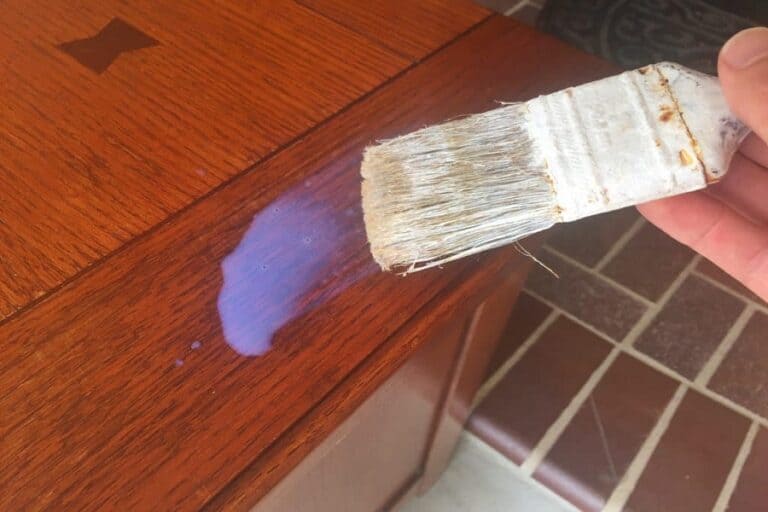
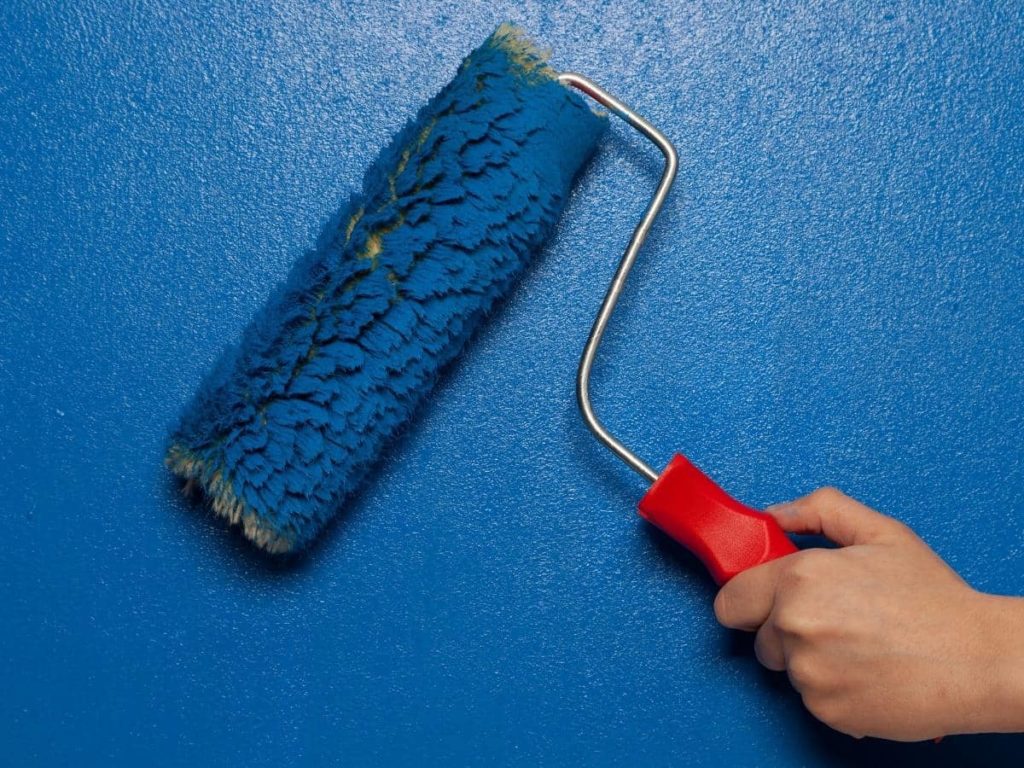






:max_bytes(150000):strip_icc()/polycrylic-vs-polyurethane-6891646-v1-55fc4eb651d249dabcc04eb9c708e308.png)
